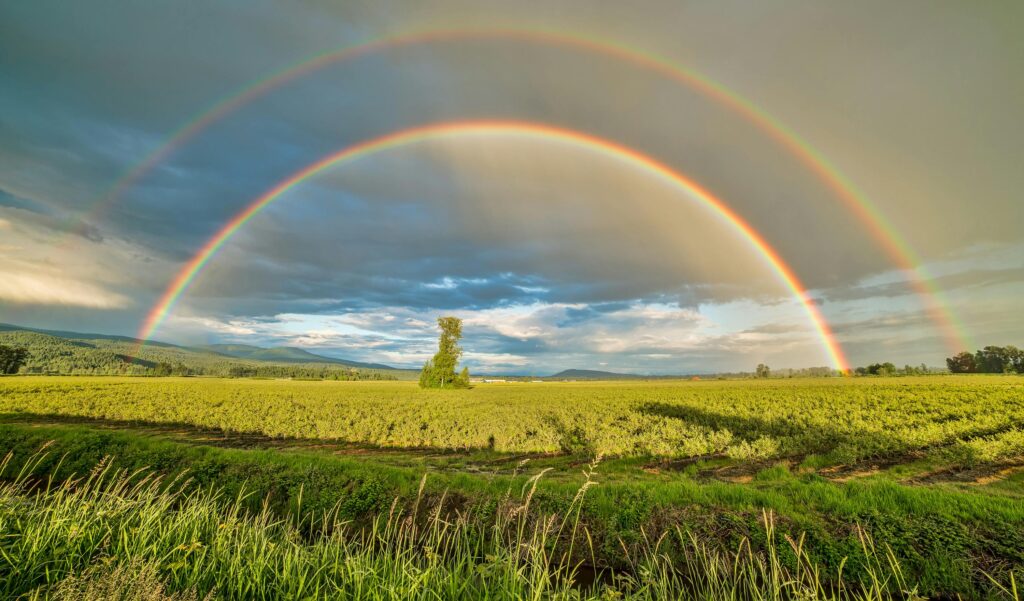
Find the poetry in your content.
For years now, I’ve been struggling with the word “content.” In 2019, The Drum dubbed it The Worst Word in Marketing, and it’s easy to see why. It’s broad—everything from a New York Times investigative report to a TikTok dance challenge can be content. It’s overused to the point of becoming jargon. And it just sounds ugly. Con-tent. It plunks into our language like a heavy stone.
And yet it’s on everyone’s lips. Mine included. After all, I run an agency of content strategists and content developers. And at this point in the word’s evolution, everyone knows what that means. In many cases (but certainly not all!), it’s simply the best word for the job.
But here’s my lingering struggle: Even though the whole concept of “content” stems from the act of creating something—often through writing—there’s not a lot of creativity in the word. It’s more buzzwordy than writerly. It’s more pragmatic than poetic. It’s more brass tacks than blue sky. And to some extent, that’s okay. Business runs on great content, and great content is serious business.
But if we paid more attention to poetry in our content, we’d actually achieve better business results. By using some of the same devices that poets use, we can create content that speaks to our audience’s common humanity and triggers a deeper emotional response—the kind that makes people stop, listen, and care.
Here are just a few things we can learn from the poets—and put into practice right away.
Make every word matter.
In poetry, diction refers to the language choices that a writer makes to convey an idea and establish a distinct voice. Each word choice sets the mood and tone for the poem—from formal and sophisticated to warm and conversational to slangy and loose. We can bring this level of intention to our content, too. Root out words that are tired, overused, or vague and replace them with specific word choices that best convey your messages, in your unique and authentic voice.
Use imagery to create an experience.
Poets paint pictures with words. Rather than tell and explain, they show and evoke. They use metaphor and sensory detail to create whole worlds that readers can taste, touch, hear, smell, and see. This allows audiences to feel their messages on a deeper, more emotional level. Great content on any topic—from artificial intelligence to climate action—finds ways to do the same thing. Look for opportunities to use metaphor and appeal to all five senses in everything you create.
Find the music in your language.
Rhythm and rhyme are at the heart of poetry. And while your next thought leadership article probably won’t be written in iambic pentameter, you can pay attention to the rhythm and sound of your words, sentences, and paragraphs to create more compelling content. Mix longer sentences with shorter ones. Try a one-word sentence every once in a while. Then read the content aloud so you can hear how it sounds. You’ll be able to instantly detect the places that fall flat—and you can try again to make them sing.
Surprise your audience.
Have you noticed that great poems often have a great big zinger in them? You’re reading along and then suddenly there’s a dramatic shift. A new thought takes shape, which often triggers a new emotion. In poetry, this is called the volta, or turn. It’s a way of waking us up, surprising us, and signaling that there’s something new to pay attention to. You have opportunities for surprise in every piece of content you create. It might be a thought-provoking subhead, a startling one-line paragraph, or a surprising image choice that perks us up and gets us thinking differently.
This Allbirds explainer video about carbon footprints brings a touch of poetry to a complex topic—making it more relatable, and even entertaining. They equate measuring carbon emissions to counting calories in a donut (imagery). They use Bret McKenzie to talk through the topic in super-conversational language that instantly makes us relaxed and more open to the information (diction). They even employ a little surprise at the end by turning the narrative in a new direction to ask the viewer a thought-provoking question. (A volta! In an explainer video!)
And here’s some good news for tight budgets: You don’t have to hire a celebrity to find the poetry in your content. Instead, just commit to focusing a bit more on your writing and design choices. Even small adjustments to language and imagery can help audiences make more sense of your messages—and find their place in your story.
Our Most Recent Insights.
SEE ALL INSIGHTS →
Uncategorized
A more hopeful Earth Day
When it comes to climate messaging, we’ve learned that stories of hope and optimism inspire action.

Reporting
CEO letters that sing (sometimes literally).
Break free from the standard CEO letter format—and create a standout opener for your next sustainability report.

Storytelling
Human stories, not corporate soliloquies.
You’ve got strong DEI commitments and you’re taking action on them. Now, you need compelling, human-centric content that changes hearts and minds.
